Ferrets
Training a Ferret to use a Harness
You can have many hours of fun with your ferret outdoors, but you need to be able to keep an eye on your pet. The best way to do this is to train your pet to use a harness attached to a leash so that you can exercise your ferret safely. If you have not considered this option before and your pet is not used to wearing one, then you will have to take some time with your pet to get it accustomed to wearing one in a fun and safe way.
Getting a Ferret Used to a Harness
In order for a ferret to get used to wearing a harness it is best to begin training from a young age. You can begin once your ferret is around 10 weeks old and has settled in to his or her new home. For safety and security of you and your pet, it is best to start off training within your home or other confined space. Gradually introduce your ferret to the harness, then fit it by adjusting the various straps and fasteners so that it fits snuggly and not too tight to restrict movement or breathing. In the beginning it is best to restrict sessions to about five minutes. You can reward positive behaviour by feeding small amounts of your pet’s favourite treat. As your ferret becomes more accustomed to wearing the harness it can be left on for longer. Never leave your ferret unattended when he or she is wearing a harness in case he or she becomes tangled or caught up on something; otherwise, there is an obvious chance of your ferret being severely injured. Take the harness off when you return your ferret to its accommodation.
Training an Older Ferret
If you want to train an older ferret to wear a harness, you may find it will take longer for him or her to become accustomed to wearing it. As with all training experiences, it is best to make it fun and to be patient. Do not rush things. Your progress will depend on your pet.
Best Options for a Ferret Harness
Avoid using a collar with a lead as a ferret will easily slip through it. A body harness is preferred because it supports the body and is secured around the chest and shoulders of your pet. While it may be tempting to buy cheap fashion-styled harnesses, it is better to purchase an appropriate harness that is designed for purpose rather than fashion. Check your chosen harness to ensure that it can be equally adjusted on both sides and on all straps so that you make it as comfortable for your pet as possible. Most conventional harnesses are made of Nylon with snap connectors with adjustable strapping. A fixed ring will provide a secure connection with the lead and is usually situated along the midline of the ferret’s back rather than around the neck. This helps to distribute the pull on the lead to the body rather than risk hurting your pet’s neck.
Leash Training Your Ferret
As your ferret begins to ignore that he or she is wearing a harness, you are ready to begin leash training. It is advisable to begin leash training inside where you have no distractions and if your pet does get loose, it makes it easy to recover him or her. To start with, just leave the leash latched to the harness but do not try to guide the ferret, just allow him or her to drag it around. Keep checking that the leash and harness do not get tangled on anything as your pet explores their surroundings. Praise and reward your pet for positive behaviour. Keep your initial sessions short and build up time until your ferret is happy with his or her harness and lead.
Once your pet enjoys the harness and lead, you can begin holding on to the leash. Do not start restraining or guiding your pet at this stage, as this is about your pet getting used to you starting to limit his or her movement. Assuming all is going well after more sessions you can begin loosely pulling on the lead when your ferret is venturing towards areas that are out of bounds. Remember never to pull hard on the lead or severely reprimand your pet. Praise and rewards are more effective forms of training, and you will receive results quicker and build your trust relationship with your pet. Your ferret will not be leash trained in the same way as you may expect with a dog. The purpose of the leash and harness is to provide a secure method of allowing your ferret to exercise.
Moving Your Ferret Training Outside
Once you and your pet are confident with training indoors with the help of ferret cages, you will be keen to begin exploring outdoors. Begin by exploring just around the garden and allowing your ferret to experience new things with relative safety. Ferrets are inquisitive but can be easily frightened. As both of you gain more confidence outdoors using a short lead, you can purchase a retractable lead to provide your pet with more distance.
Training Safety for You and Your Ferret
While the primary reason for leash and harness training is to safely exercise your ferret, there are a number of safety matters to consider.
It is best to keep sessions short so that you do not over tire your pet. It will become obvious that your ferret is getting tired or restless and has had enough. Walking and exploring can be both hungry and thirsty work, so ensure that water is provided during and after exercise. Additional calories will be burnt too, so make sure sufficient food is supplied.
If you are venturing outside your garden, then your ferret may encounter other animals. A neighbour’s cat or dog or a wild bird or animal may pose a threat to your pet and vice versa. Similarly, your ferret will not have road sense and vehicles pose a risk of death or danger to an exercising pet. After exercising in long grass or areas where other animals have been makes it wise to check your ferret for ticks and fleas. Always have your pet inoculated against diseases and treated for infestations. Also, do not allow people unfamiliar with your pet to interact in case your ferret bites or scratches them. You may need to consider pet insurance to cover you against any potential claims.
Never rush your pet and remember that it is your responsibility to care for your ferret and maintain appropriate health and welfare standards.



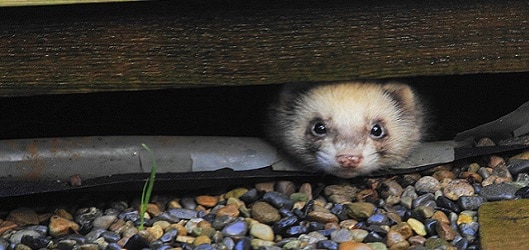
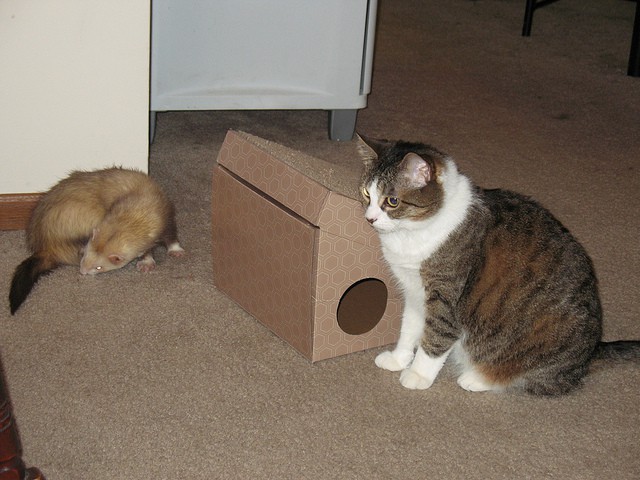
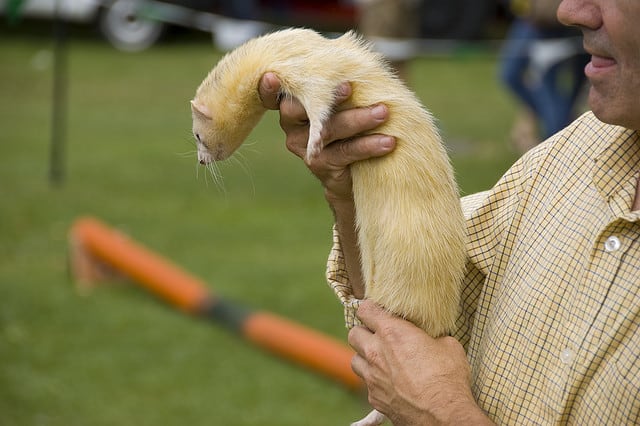
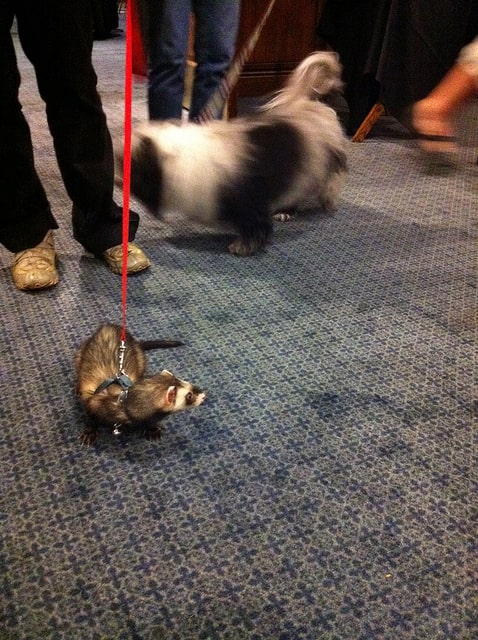

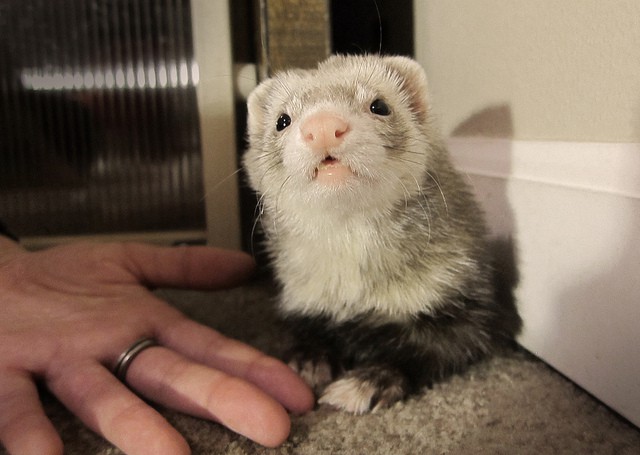
Awesome Post! Thanks for sharing such useful safe Lease Training tips. This post helped me to safely train my pet.